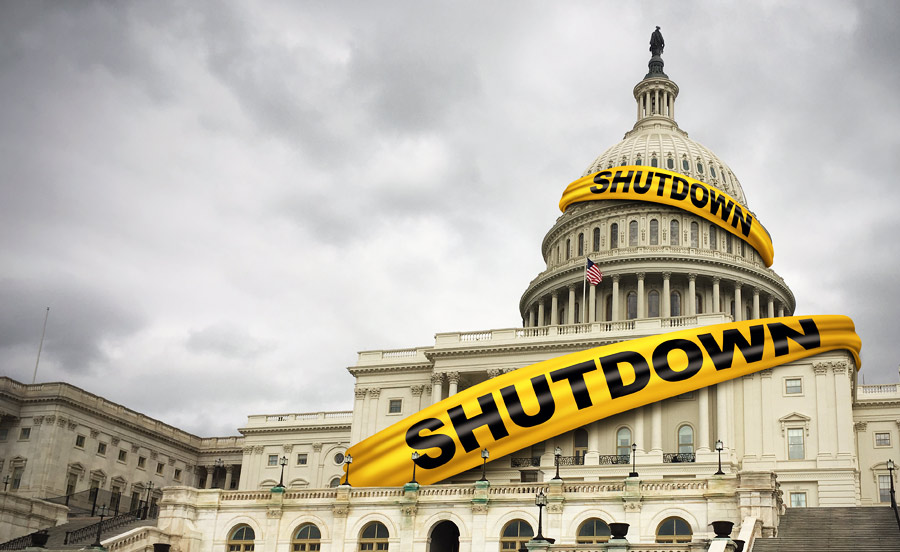Back in mid-November, when President Biden signed the latest stopgap funding bill to keep the government operating, official Washington no doubt heaved a sigh of relief. The measure, which originated in the fractious House, passed there only with support from the Democratic minority—in fact, many more Democrats than Republicans voted for it, even though it was put together by the GOP leadership. It was signed a day before the federal government was due to shut down, and keeps some agencies and departments operating until Jan. 19 and the rest until Feb. 2.

Plenty of others have commented in print and online about the unusual two-tiered structure of the bill and what it accomplishes—painfully little, say many conservatives, while many Democrats and liberal commentators give GOP House Speaker Mike Johnson credit for at least keeping the government operating and buying time for Congress to do what it’s supposed to do: fund the government through the regular appropriations process. As longtime journalist Karen Tumulty put it in the Washington Post, the measure “is a challenge to Congress to get back to working in the more orderly fashion it was designed to operate in. What Johnson is trying to do — and it’s an admirable goal — is nudge the appropriations committees of both houses to get back to doing their jobs…”
The question, of course, is whether they can pull it off. This was the second stopgap funding measure this year, and the Republican caucus in the House is no less divided than it was, leading to plenty of trepidation about what will happen as the January and February deadlines approach.
All I can say is, I fervently hope Congress gets back on track with the appropriations process, because believe me, this is a terrible way to run a government. Even when Congress steps back from the brink of a shutdown, it’s damaging. Government employees may become inured to the threat, but it’s demoralizing and distracting nonetheless. Our economy needs to be able to operate with some certainty about what the government will be doing: repeated brinksmanship ripples through both the business and nonprofit sectors. And perhaps more than anything, there’s a huge cost in terms of the time and effort agencies have to put into figuring out how to manage a shutdown—which they have to do well in advance. It means they can’t turn their attention to any long-term effort to plan or improve. Shutdown threats, in other words, are highly disruptive.
And that’s not even to mention the cost of an actual shutdown. A report a few years ago by the Senate Permanent Subcommittee on Investigations found that the previous three shutdowns had cost taxpayers nearly $4 billion in back pay to furloughed workers and other costs, including extra administrative work, lost revenue, and late fees on interest payments owed by the government. In other words, stopping the government is no cost-saving measure.
The impact on the public, of course, is also measurable. Beneficiaries of aid programs (SNAP and other nutrition programs, for instance) face huge uncertainty about whether they’ll make it week to week; loan programs are suspended, affecting small businesses, farmers, and others; the national parks and other government-funded attractions close, putting a dent in local tourist economies; and furloughed federal workers, even with the promise of back pay, sometimes begin looking for other work, while government recruiters find it tougher to find qualified candidates willing to put up with that kind of disruption.
As Congress debated this most recent funding measure, House Speaker Johnson said that his goal was to get Congress back to voting on individual appropriations bills—and to avoid stopgap funding and massive omnibus bills in the future. That’s an admirable ambition. We can only hope that enough of his colleagues agree that, early next year, they don’t drag the United States through another shutdown drama.



